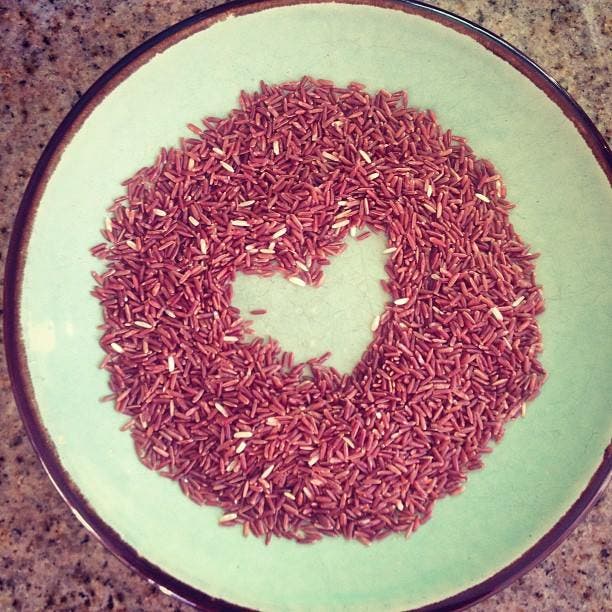Nutrition IQ: Heirloom Grains


Heirloom grains have a deep and exciting history that goes back to another time when wheat, rice, and corn were packed with more nutrients, more color, and more flavor than the varieties we’re familiar with today. This vibrancy has largely been bred out of modern hybrid versions in favor of higher yields.
However, in recent years heirloom grains have made a comeback. Though they can be a bit pricier than the drab grains we’re accustomed to, heirloom wheat, rice, and corn can add new life to everyday meals. Here are some old foods worth getting to know today:
Einkorn
Wheat, the world’s most important and widely planted seed crop, was first domesticated some 10,000 years ago. Since that time it has been transformed into a highly viable commercial crop grown to feed millions all around the world. Problem is, when foods are bred for higher crop yields and commercial appeal, flavor and nutrition are often sacrificed. This is what happened to ancient wheat, einkorn. Einkorn is higher in protein and lower in gluten than modern wheat. It also has higher amounts of phosphorus, potassium, vitamin B6, and even carotenoids. Sounds like einkorn gives you more bang for your buck!
Red & Black Rice
There are around 40,000 varieties of rice in the world, but most of us are only familiar with one or two. I discovered red and black rice on a summer-long vacation in Southeast Asia a few years ago. Instead of brown rice, health-conscious restaurants offered magnificent red rice, and black sticky rice was used in place of white rice for sweet treats. From just the sight of that deep rich hue, I knew it had to be healthy. Grown for centuries in China and Southeast Asia, red and black varieties of rice have higher amounts of phytonutrients, iron, and fiber. They are also stunning when served with colorful fresh vegetables and fruits.
Heirloom Corn
You’ve likely seen multi-colored, red, or blue corn used as decorations for autumn and in Thanksgiving centerpieces, but did you know that type of corn is highly nutritious? Corn was cultivated for thousands of years by native Americans, and when settlers showed up, the crop was quickly recognized as a nourishing food. Of course, in time heirloom varieties of corn were altered and became the sweet yellow “vegetable” we all know and love. What was bred out of the heirloom grains was their high protein content and exceptional levels of beta-carotene.
Though these heirloom grains lost popularity over many years, a revival is underway. A few farmers are bringing heirloom grains back, and the more we request these ancient varieties, the more accessible they’ll be—and the more colorful, nutritious, and varied our dinner menus will become.
——
Jenné Claiborne is passionate about helping women adopt and maintain a plant-based diet so they can improve their energy, lose weight, and feel their very best. She is the founder of The Nourishing Vegan, a New York–based personal chef service. She is also the creator of Sweet Potato Soul, a vegan food blog that features recipes, tips, and cooking videos. In 2013, Jenné launched the 21-Day Vegan Blueprint, an interactive online program that takes the guess work out of becoming vegan. Follow Jenné on Facebook, Twitter, and Instagram.